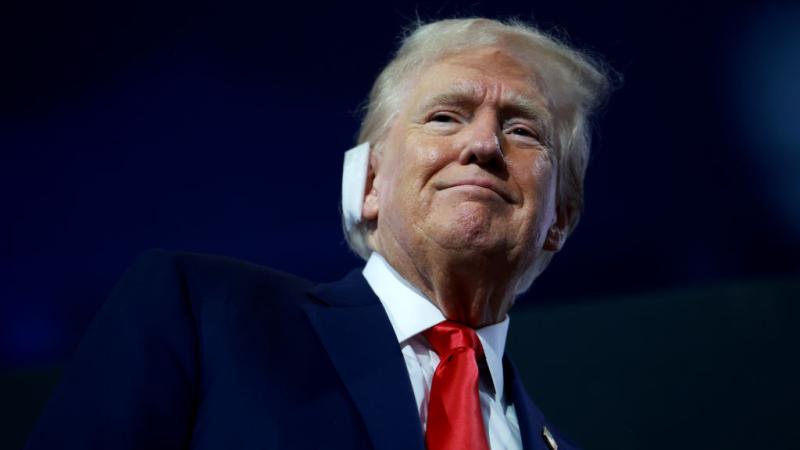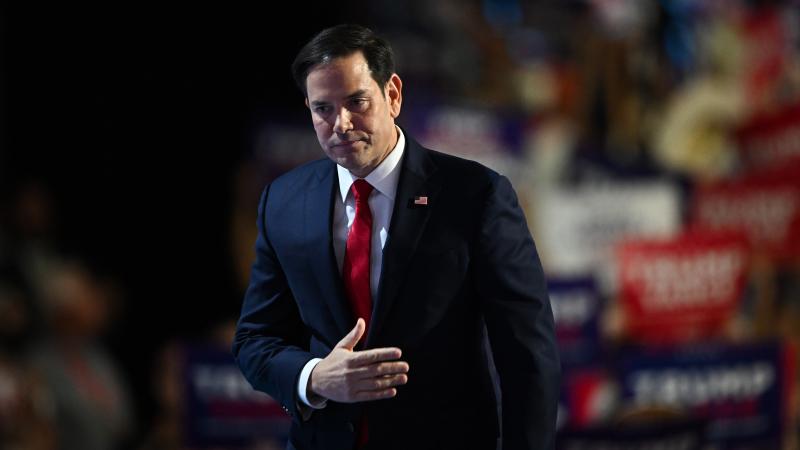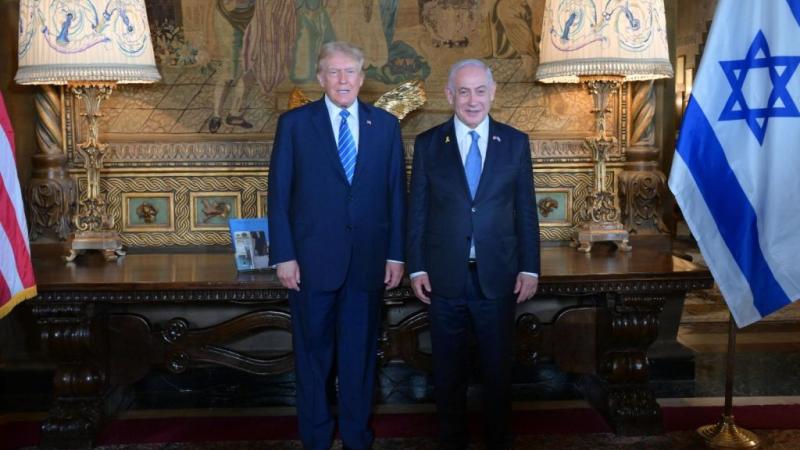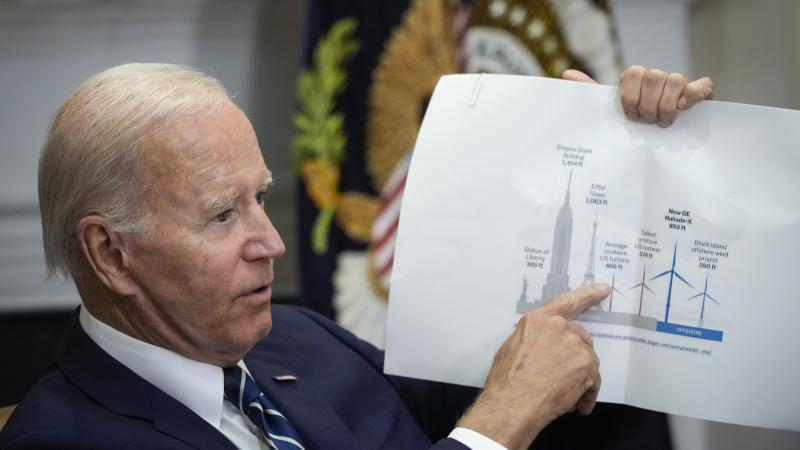CDC rains on Fauci farewell, as COVID becomes pandemic of the vaccinated
Agency's own study finds low effectiveness for bivalent booster, relatively stronger protection for bivalent-boosted adults who took fewer doses and waited longer between doses.
The same day retiring National Institute of Allergy and Infectious Disease Director Anthony Fauci urged Americans to get the new Omicron-targeting COVID-19 boosters, a sister agency accidentally pulled the rug out from under him.
The so-called bivalents, composed of the outdated BA.4/5 subvariants and Wuhan strain, have less than 50% absolute vaccine effectiveness (aVE) against symptomatic infection for every vaccinated adult age group compared to the unvaccinated, according to the CDC's Nov. 22 Morbidity and Mortality Weekly Report. It's particularly bad for those 65 and up: just 22% aVE.
The figures for relative vaccine effectiveness (rVE), which compares the vaccinated receiving a bivalent booster to not receiving one, show that protection is generally strongest for those who stopped at the primary series — two mRNA doses, no boosters — and who waited the longest between doses.
The data reviewed by the CDC come from the Increasing Community Access to Testing nationwide program, covering about 360,000 nucleic acid amplification tests from nearly 10,000 retail pharmacies from Sept. 14-Nov. 11.
The findings come as COVID has become a pandemic of the vaccinated, with 58% of COVID-attributed deaths in August coming from vaccinated or boosted individuals, according to a Kaiser Family Foundation analysis.
"Oh boy," epidemiologist Tracy Beth Hoeg tweeted about the CDC report, which she said likely overstated effectiveness owing to its "test negative" study design.
"I wonder what to do with these likely very confounded data" — those who get bivalents may be more likely to test — and whether "an actual randomized study would have found any efficacy at all," said Hoeg, who advises Florida's Department of Health.
University of California San Francisco epidemiologist Vinay Prasad, a vocal critic of President Biden's COVID advisers, shared the same skepticism about the design. "If you randomized I bet VE 0-5%," he tweeted. (The study authors recognized these among other limitations.)
Suspicion that bivalents may provide little if any additional protection compared to the original boosters, as found by two high-profile preprint studies not yet peer-reviewed, was reinforced by Pfizer's refusal to release full data to date from its human trial of the Omicron booster.
Instead it published a press release on select results from the trial, which started after the feds gave the booster emergency use authorization, while sharing undisclosed trial data with the White House. Moderna followed suit with its own press release.
The value of any kind of boosting was thrown in doubt earlier this month by a Qatari research team preprint that found "history of booster vaccination compromised protection against omicron reinfection," reversing the enhanced protection from primary-series vaccination and possibly illustrating "immune imprinting."
While Fauci vacillated on one-size-fits-all annual boosters early this year, telling healthy 30-year-olds they could probably wait 4-5 years between COVID jabs, he made no such distinctions at a White House press conference Tuesday that may be his last as a fed.
"Please, for your own safety, for that of your family, get your updated COVID-19 shot as soon as you're eligible to protect yourself, your family, and your community," Biden's chief medical adviser said, implying that the bivalent booster would stop COVID transmission as the feds long falsely claimed monovalent vaccines would do.
The CDC's new MMWR strongly undermines Fauci's message and urgency. Americans 50-64 and 65 and up who stopped at two monovalent doses before their bivalent booster had higher aVE (50% and 32%) than those who took three (25% and 19%) or four (28% and 23%). Those 18-49 saw a slight bump between two and three doses, rising to 43% from 41%.
Rushing to get a bivalent appears to backfire in the rVE findings. Among 18-49 who stopped at two monovalents and waited at least 8 months for their bivalent, protection was stronger (53%) than for those who waited just 2-3 months (45%). The gap was even wider for those who took a monovalent booster: 58% versus 24%.
The same pattern emerged for 50-64 and 65-plus, with greater protection the longer between doses, though rVE was higher for those who stopped with the primary series.
Nevertheless, the study authors concluded: "All persons should stay up to date with recommended COVID-19 vaccinations, including bivalent booster doses for eligible persons."
The CDC and Fauci's NIAID did not respond to Just the News queries about the MMWR findings appearing to undercut the feds' one-size-fits-all bivalent booster messaging and urgency to get the new jabs.
The Facts Inside Our Reporter's Notebook
Videos
Links
- CDC's Nov. 22 Morbidity and Mortality Weekly Report
- Kaiser Family Foundation analysis
- epidemiologist Tracy Beth Hoeg
- he tweeted
- two high-profile preprint studies
- published a press release on select results
- Moderna followed suit with its own press release
- Qatari research team's preprint
- Fauci vacillated on one-size-fits-all annual boosters














